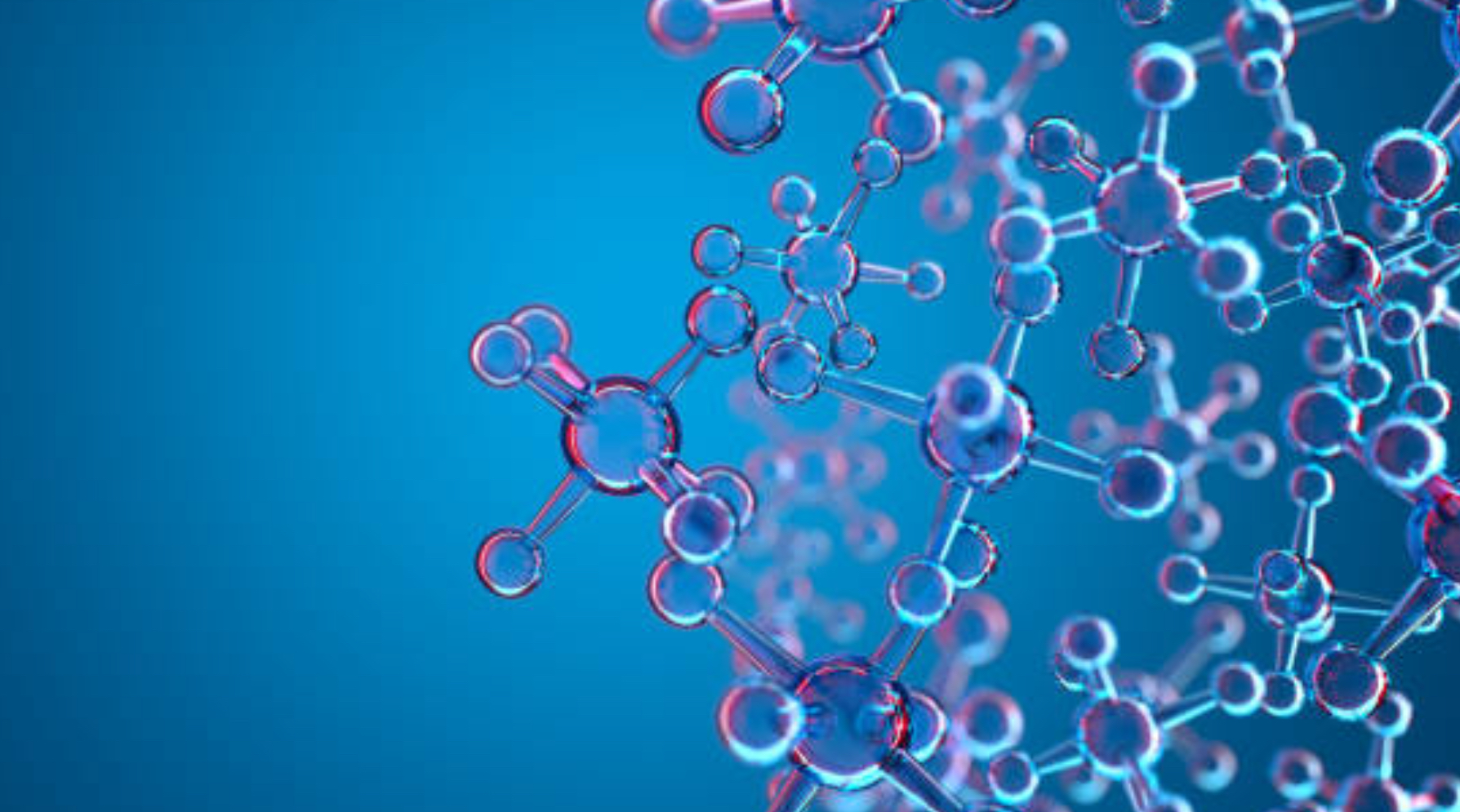Haloalkanes an Introduction
IntroductionHaloalkanesThe halogen derivatives of alkane are called haloalkanes. Or the organic compound containing halogen atom (X = -F, -Cl, -Br, -I) as functional group are called haloalkanes.R...

General methods of preparation of haloalkane
1. From alkanes (Halogenation of alkanes)
The haloalkanes are prepared by treating alkane with limited amount of halogen in presence of halogen carrier and sunlight or heat.
On excess supply of chlorine poly-substituted product are formed.
In case of higher alkanes two or more possible products are formed.

The bromination is carried out in presence of FeBr₃ under sunlight or heat.

The iodination of alkane is reversible reaction. So to obtain iodoalkane strong oxidizing agent like conc. HNO₃ or HIO₃ is used to increase the rate of forward reaction.
Thus formed iodine increase the rate of forward reaction. Hence the iodination of alkane must be carried out in presence of strong oxidizing agent.

Reactivity of alkane = 3˚ > 2˚ > 1˚
Reactivity of halogen = F > Cl > Br > I
2. From alkenes (Hydrohalogenation of alkenes)
The haloalkane are prepared by the reaction of alkene with halogen acid (HF HCl, HBr, HI). This reaction is called Hydrohalogenation reaction.

If unsymmetrical alkene is taken then two possible product are formed.

The formation and stability of these two products can be explained by following two rules:
A) Markovnikov’s rule:
According to this rule “When an unsymmetrical alkene reacts with unsymmetrical reagent then the positive part of reagent goes to that double bonded carbon containing greater number of hydrogen atom”. For example,

[This reaction proceeds through the formation of more stable (2˚) carbocation]
B) Peroxide effect (Anti- Markovnikov’s rule)
According to this rule “When an unsymmetrical alkene reacts with unsymmetrical reagent in presence of organic peroxide (R-O-O-R) then the positive part of reagent goes to that double bonded carbon containing less number of hydrogen atom”. For example,

#HCl and HI do not give Anti-Markovnikov’s addition.
[This reaction proceeds through the formation of more stable (2˚) carbon free radical]
3. From phenol
Generally haloalkanes are prepared by the reaction of alcohols with haloacids or phosphorous halide or thionyl chloride.
a) Reaction with halogen acid (HX)
The chloroalkane are prepared by the reaction of alcohol with HCl in presence of anhydrous zinc chloride (ZnCl₂).
The mixture of conc. HCl and anhydrous ZnCl₂ is called Lucas reagent.


# The tertiary alcohol is more reactive. So it does not need catalyst, i.e. anhydrous ZnCl₂.
Bromoalkane can be prepared by the reaction of alcohol with HBr and anhy. ZnCl₂ or Conc. H₂SO₄.

Bromoalkane can also be prepared by heating alcohol with NaBr or KBr in presence of conc. H₂SO₄.

Iodoalkane are prepared by the reaction of alcohol with HI.

Iodoalkane can also be prepared by heating NaI or KI and H₃PO₄ with alcohol.

b) Reaction with phosphorous halide (PX₅ or PX₃)
The haloalkane are prepared by the action of alcohol with PX₅ or PX₃.
Since, PBr₃ and PI₃ are unstable compound. So they are prepared in reaction mixture (In-situ form) by the action of red phosphorous with Br₂ or I₂.

c) Reaction with thionyl chloride (SOCl₂) (Darzen’s reaction)
The chloroalkanes are prepared by heating alcohol with SOCl₂ in presence of pyridine. Only chloroalkane are prepared by this method.

4. From silver salt of carboxylic acid (Hunsdiecker’s reaction)
When silver salt of carboxylic acid is heated with halogen in presence of CCl₄ then decarboxylation reaction occurs to form haloalkane.
